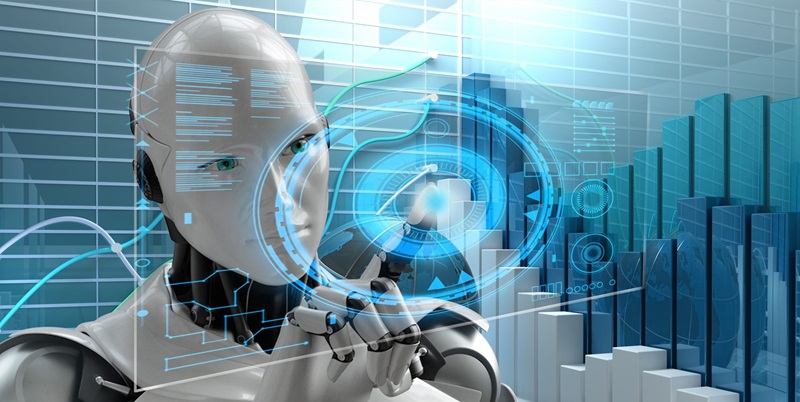Artificial intelligence (AI) has become a key driving force in shaping the future of customer service. Its ability to analyze vast amounts of data, learn from patterns, and make real-time decisions has revolutionized the way businesses interact with their customers. However, as AI continues to advance at a rapid pace, ethical questions emerge, urging us to consider the implications and pace of its development. In this article, we will explore the potential of AI in customer service, comparing pre-AI practices with the transformative capabilities that AI brings to the table.
The potential of AI in customer service
AI has the potential to be a game-changer in customer service by gradually replacing human jobs with highly efficient and intelligent machines. This shift is fueled by AI’s ability to seamlessly handle customer interactions and deliver personalized experiences. Let’s delve into the distinct advantages AI offers over traditional customer service practices.
Pre-AI Customer Service: General Recommendations
In the pre-AI era, businesses relied on broad demographic-based recommendations to suggest products or services to customers. These recommendations often lacked personalization and failed to meet individual needs. The one-size-fits-all approach resulted in missed opportunities and left customers feeling underserved.
AI-Driven Customer Service: Tailored Suggestions
With AI, businesses can now provide tailored product suggestions, content, and offers to customers in real-time. By leveraging predictive analytics and machine learning algorithms, AI analyzes customer data in depth, including purchase history, preferences, and browsing behavior. This enables businesses to offer highly relevant and personalized recommendations, creating a more engaging and satisfying customer experience.
Pre-AI Customer Service: Lengthy Wait Times
Customers have long been frustrated with lengthy wait times and the complexity of navigating phone menus in pre-AI customer service. These barriers to efficient query resolution often lead to customer dissatisfaction and increased support costs for businesses.
AI-Driven Customer Service: Instant Chatbots
AI-powered chatbots have transformed the customer service landscape. Customers can now enjoy prompt and efficient query resolution with minimal waiting time. Chatbots are available 24/7, assisting customers in real-time with their questions or concerns. Through natural language processing and machine learning algorithms, chatbots can understand and respond accurately to customer queries, ensuring a seamless and satisfying experience.
Pre-AI Customer Service: Reactive Responses
In the pre-AI era, businesses were primarily reactive in addressing customer issues as they arose. This communication loop often resulted in delays in problem resolution, leading to customer dissatisfaction and a negative impact on the brand’s reputation.
AI-Driven Customer Service: Proactive Problem Identification
AI brings proactive problem identification to customer service. By constantly analyzing data patterns, AI systems can identify potential problems even before customers notice them. This allows businesses to resolve issues swiftly, often preventing customers from experiencing any disruption in their service. Proactive problem-solving boosts customer satisfaction, loyalty, and ultimately, the brand’s reputation.
Future possibilities of AI in customer experience
As businesses continue to harness the potential of AI, the future of customer experience holds even more exciting possibilities. AI can be integrated into various customer service channels, such as voice assistants, social media platforms, and mobile applications, providing customers with instant and personalized support. With advancements in natural language processing and sentiment analysis, AI will become even more adept at understanding and responding to complex customer emotions and needs.
Artificial intelligence is steering the wheel towards the future of customer service. Its ability to provide tailored recommendations, instant query resolution, and proactive problem-solving has transformed the customer experience landscape. While ethical questions regarding the pace of AI development persist, businesses should embrace AI’s potential to optimize customer interactions and create more meaningful relationships. With AI as a guiding force, the future promises even greater advancements in customer service, enhancing satisfaction and loyalty among customers worldwide.

